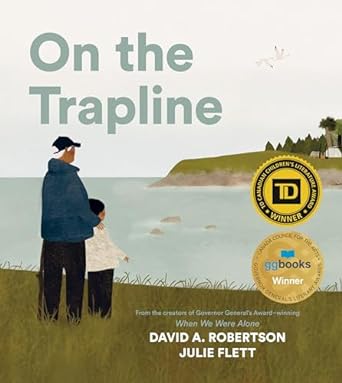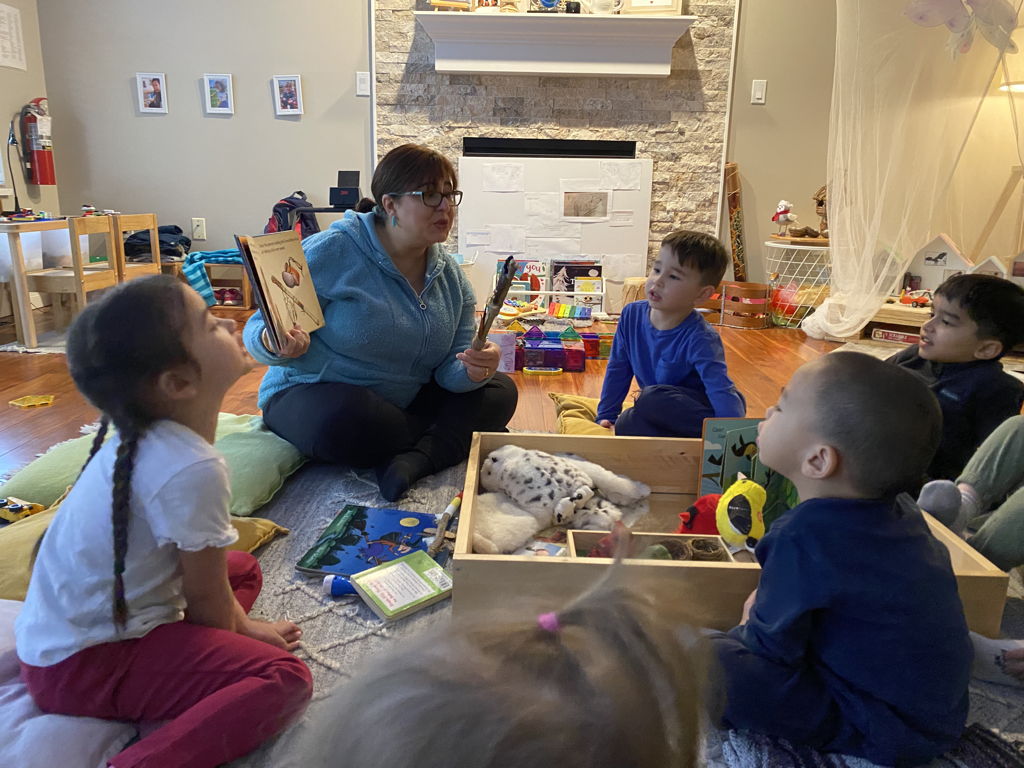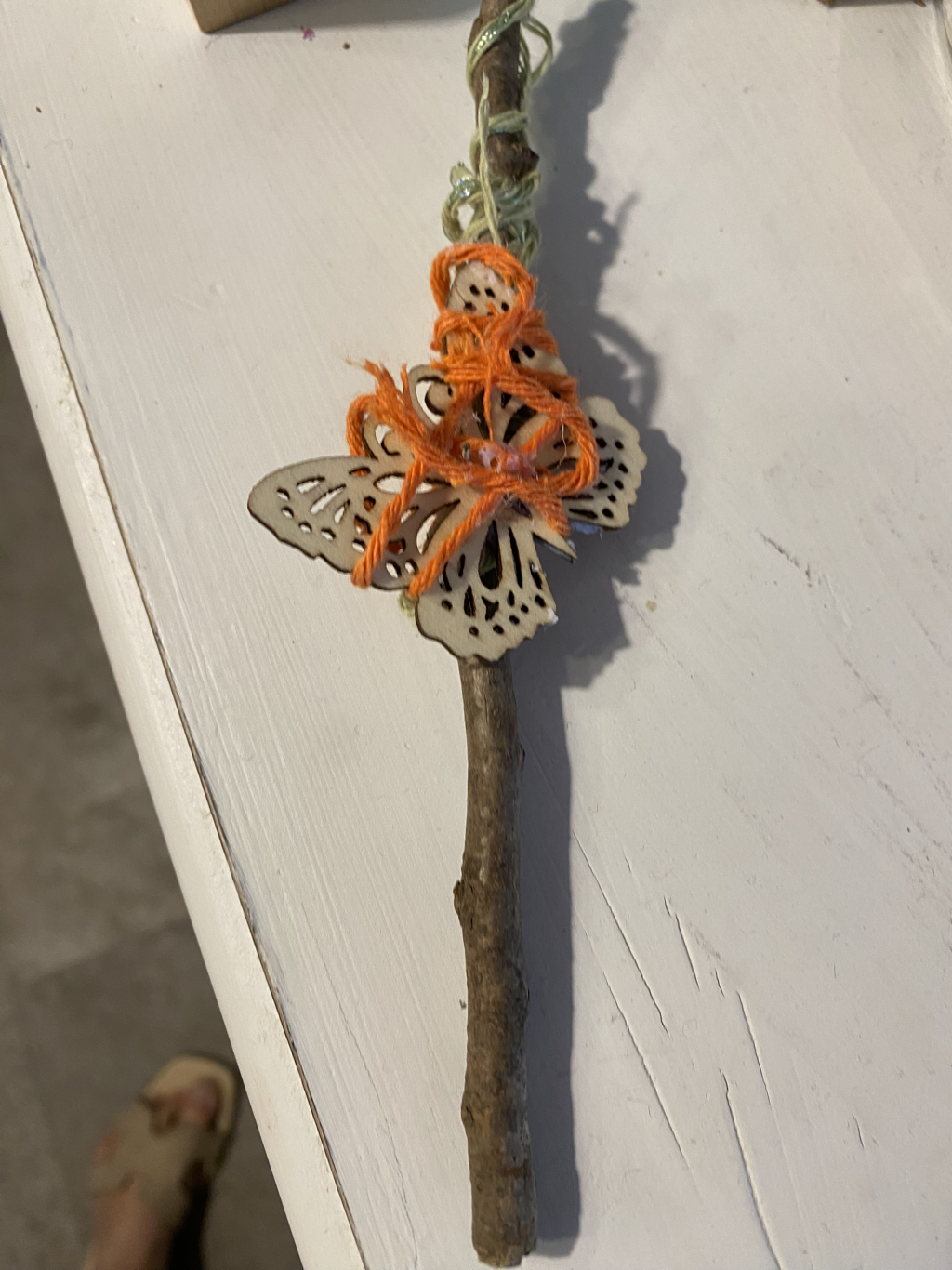|
Finding our ways to understand the story of others, we infuse a few Indigenous literatures which are drawn from their very own perspectives and cultures. One of them is the On the Trapline by David. A. Robertson and Julie Flett. The illustrations' muted colors and the poetic rhythm of the words slow the world down for remembering. The work of talented Indigenous authors and illustrators is enriching the field of Canadian children's literature. Told from the first-person perspective of a young boy, On the Trapline revolves around the boy and his Moshom (grandfather) returning to the old man's childhood trapline. Excerpt: “Is that your trapline?” I ask “No,” he says. “My trapline is far from here.” I ask Moshom what it was like going to school after living on the trapline. He is quiet for a long time. “I learned in both places,” he says. “I just learned different things.” Pahkan means “different.” We keep our conversation going by considering following questions:
In line with our big ideas from the British Columbia Early Years Learning Framework we make connections to the following areas:
Slowly we unpack the opportunity to learn about the talking stick. We understand the talking stick is used in many Indigenous cultures, as an ancient and powerful communication code, that ensures a code of of conduct of respect during communal discussions. We share our understanding on this as a way to learn patience, self-discipline, and to respect the friend who speaks and his or her words. Making connection between our understanding and our very own talking sticks invites us to: 1/ elaborately choose some carved sticks, 2/ brightly paint with yarns or unpainted, 3/ adorned with symbolic items such as fur, feathers, or unadorned and simple - the wood. As we have been told that the first drum beat we hear, is when we are inside our mothers' wombs. The drumbeat we hear is known as the heart of our mom. In cultures all over the world. there is known to be a drum that is significant to us. Drums have always been apart of human life since the beginning and have a great importance in the Indigenous culture. Is is a way to pay respect to the heartbeat of mother earth. We come to the point of narrating our own stories by crafting clay in our hands this time round. The beauty of clay is the uncertainties. It allows us to experience it according to what we feel. The ways we can shape it, press it, flatten it, divide it, and many other possibilities, give us freedom to interact with. In other words, it holds no preconceived ideas as to what it is or how it is supposed to be used. We are naturally fascinated, motivated, empowered to then keep experimenting. That is when our stories build up, connected, or sometimes take a different turn. Working independently or sometimes in groups, we squeeze and sculpt, roll coils and balls, or make simple push pots is just the many ways of us discovering its versatility. Building bridges to another media of our own voice and musical notes is another way we put forward to compose our own sounds. We figure out our voice can be a learning audio resource to extend our stories. Many times we refer to various sounds to emphasize on certain situations, feelings, or ideas. This learning experience of drawing musical notes provides us with avenues of accessibility to cross to the characters of sounds. The idea of coming up with our own original sounds opens us up more intriguing possibilities. Sometimes we keep on visiting the same ideas of others. Interestingly, it has become a challenging situation to come up with own originality. Another layer of making connection between our voice and the big idea of respect, which we have learned from On the Trapline, has become a new platform to firsthand experience. Until further encounters, we are going to pause here and put more thoughts over it. On this opportunity we would like to wish Vivaan a wonderful blast of birthday! May you grow more fondness to what life offers! Kindest,
Children & Friends.
0 Comments
Leave a Reply. |
No part of this publication may be reproduced, distributed, or transmitted in any form or by any means, including photocopying, recording or any other electronic or mechanical methods, without the prior written permission of the publisher.
Archives
July 2024
|


